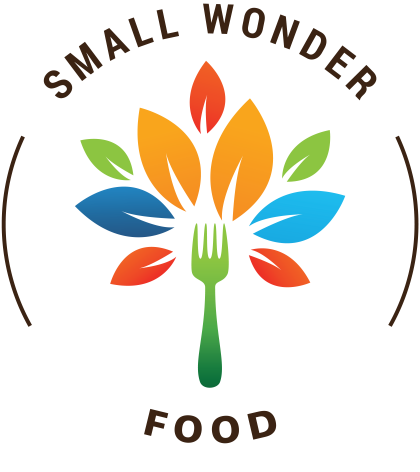
Link to corresponding Food Smarts Podcast episode.
If you have been following me for a while, you know I am not a fan of diet challenges, detoxes, and the like. The problem I have with diet challenges (even when they are sound nutrition advice— they often are not) is that the “challenge mentality” just like any other form of dieting, encourages you to be on and then off the plan. It’s that white-knuckling, willpower model. It’s usually about deprivation and is something to endure. However, I have a 2020 challenge for you that is designed to expand the variety and nutrient-density of what you eat. It’s fun and is great for an individual, a group, or even the whole family. The 2020 Make It Count Challenge is about eating beyond the norm and getting outside the grocery store. I was inspired by the writing I am doing for my upcoming book Eat To Your Advantage. Here’s an excerpt from the book:
Unfortunately, we only get the illusion of choice. When you walk into a giant supermarket, the abundant choices are actually just the illusion of choice. The American diet is incredibly limited. Your sense of limitless choice is more about limitless processed food combinations on offer. We really eat a handful of foods on repeat—soy, corn, canola, wheat, dairy, beef, chicken, etc. (from Eat To Your Advantage)
To participate in the Make It Count Challenge just track the variety of foods you eat. Easy-peasy. The goal is to try the widest variety of whole foods possible. Of course, there are a few rules/guidelines.
- Whole foods only. That means you can count items like pomegranates, potatoes, and peanuts, but not Hamburger Helper or Ben & Jerry’s.
- Real food only. Maltodextrin and Red 40 don’t count. This should go without saying, but that’s not food.
- Meat: Pork is pork, but you can count organ meats as separate items since that is an adventure for most folks (they have the most nutrient-density as well). You can also count specialty/heirloom species meats as a separate item. Example: Wild boar, pork, pork heart, and pork liver count as separate items.
- Produce: You can absolutely count different varieties of the same food as different items. The whole purpose of the challenge is to open up a diverse world of food. Example: Honeycrisp, Granny Smith, Jonagold, and Fuji apples count as different items. So do Cherokee Purple, Paul Robeson, Mr. Stripey, and Brandywine tomatoes. You often won’t know the exact variety. So, you are allowed to list it once as unidentified for each color. Examples:
- cauliflower, white (unidentified), cauliflower, purple (unidentified), cauliflower, orange (unidentified) and cauliflower, orange (cheddar)—which is a variety of orange cauliflower. I’ve designed it this way so that you are seeking out different colors AND getting to know varieties and farmers. I’m sneaky like that.
- Note: I have decided to not allow different wine varieties and coffee varieties to count. You can count white wine, rose, and red all once if you’d like. You can list coffee once and if you are eating the actual bean, you can list that too.
- Don’t forget herbs, herb, spices and teas.
- Ingredients vs Products: Milk is milk, but yogurt, ice cream, and cream cheese are separate items. Different varieties of cheese count as separate items. Example: blue cheese, cheddar, and pepper jack count as separate items. Different varieties/makers of blue cheese don’t. Wheat bread is wheat bread whether it’s a roll or a bun, but rye bread means you can list rye (it’s a separate grain). Wheat crackers are crackers, but poppy seeds on them means you can list both wheat and poppy seeds.
- Seasonality: I urge you to delve into the flavors of each season. Eating locally and in season is how you will expand your list quickly without buying items that have been wastefully shipped all over the world. For example, hitting the farmers market or a local community garden in August will give you the opportunity to try a rainbow of tomato varieties you will never find at the grocery store. Check-out the Food Smarts episode about eating seasonally and this one about connecting with local farmers.
- Adventure: Make it fun. I see many people that are actually afraid of food. I see this most often with kids. Try new flavors, expand your palate and get to know your food. Check-out this Food Smarts episode about eating beyond the grocery store.
I will be doing the 2020 Make It Count Challenge for the entire year. That’s ideal since it gives you the opportunity to enjoy the flavors of each season. However, if you want to take on the challenge for just a month, a quarter, or for any other chunk of time, welcome aboard. Join me in the 2020 Make It Count Challenge by joining the challenge Facebook group. This is a place where challenge members can share food discoveries, ask questions, share recipes, etc. Keep your list and we will have tally updates throughout the year. I will be keeping track of my personal 2020 tally right here.
